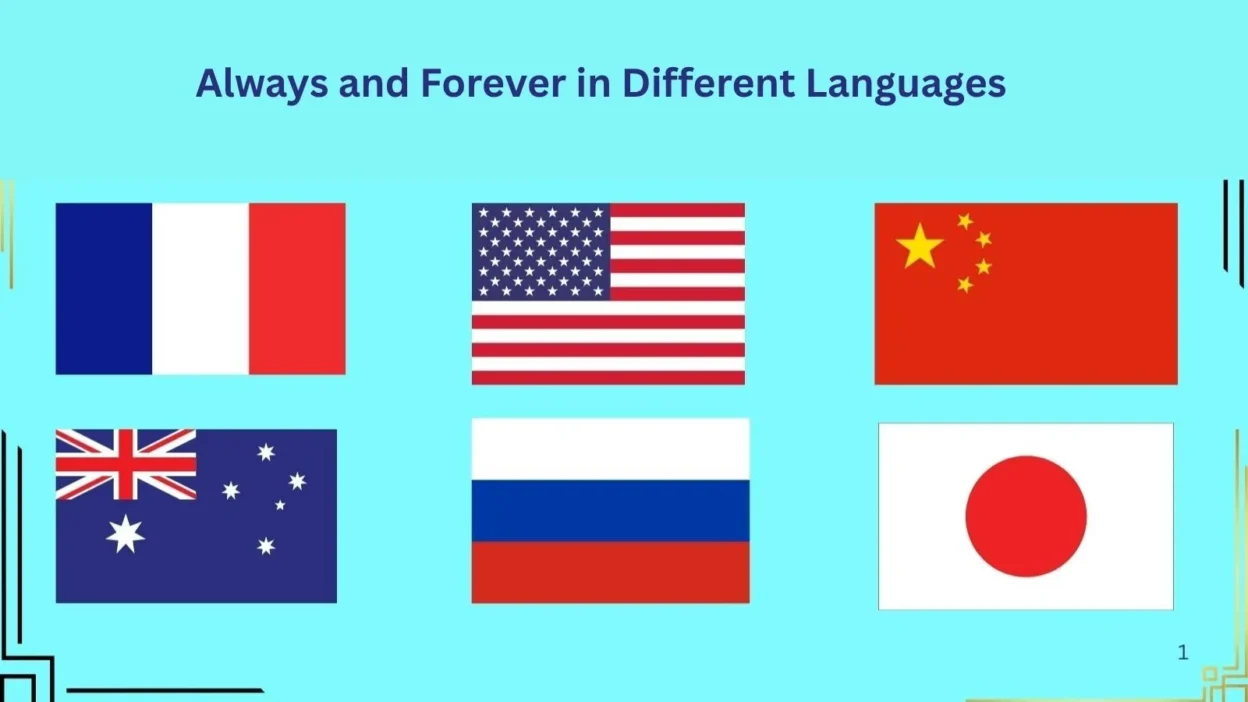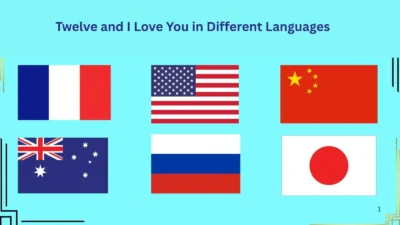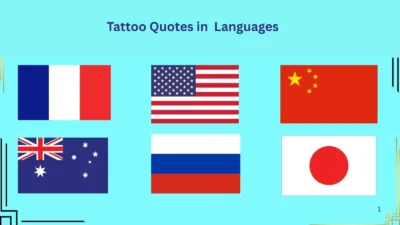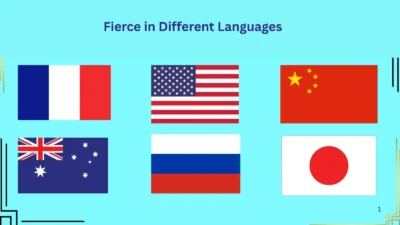If you’ve landed on this page, chances are you’re looking for a heartfelt way to express eternal love, lasting friendship, or a promise of loyalty — not just in English, but in many languages around the world.
Whether you’re writing a romantic letter, getting a tattoo, crafting a wedding vow, or simply expressing emotions to someone from another culture — you want the phrase “Always and Forever” to resonate universally.
You’re not just looking for a direct translation — you want to understand the depth, context, and authenticity of how people express this timeless phrase across languages. And that’s exactly what this article will give you.
Meaning of “Always and Forever”

“Always and Forever” is a powerful phrase that combines two expressions of eternity:
- Always: at all times, without exception.
- Forever: for all future time, endlessly.
Together, the phrase implies unbreakable commitment, unfading love, and timeless devotion. It’s often used in:
- Romantic contexts (e.g., couples, wedding vows, love letters)
- Friendship declarations
- Family bonds
- Tattoo art
- Memorial dedications
How to Use “Always and Forever” in Everyday Conversation

- “You’ll be in my heart, always and forever.”
- “I promise to stand by you, always and forever.”
- “This love is not temporary — it’s always and forever.”
Use it when you want to express permanence, unwavering support, or emotional attachment — whether spoken or written.
Always and Different Languag

Below is how you say “Always and “ in some of the world’s most spoken and culturally significant
| Language | Translation | Pronunciation |
| Spanish | Siempre y para siempre | SYEM-pre ee PAH-rah SYEM-pre |
| French | Toujours et pour toujours | too-ZHOOR eh poor too-ZHOOR |
| German | Immer und ewig | IM-mer oont AY-vikh |
| Italian | Sempre e per sempre | SEM-preh eh pehr SEM-preh |
| Portuguese | Sempre e para sempre | SEM-pree ee PAH-rah SEM-pree |
| Russian | Всегда и навсегда | Vsyeg-DA ee nav-syeg-DA |
| Arabic | دائمًا وإلى الأبد | daa’iman wa ilaa al-abad |
| Chinese (Mandarin) | 永远永远 | Yǒngyuǎn yǒngyuǎn |
| Japanese | いつもそして永遠に | Itsumo soshite eien ni |
| Korean | 항상 그리고 영원히 | Hang-sang geurigo yeong-won-hi |
| Hindi | हमेशा और हमेशा के लिए | Hamesha aur hamesha ke liye |
| Urdu | ہمیشہ اور ہمیشہ کے لیے | Hamesha aur hamesha ke liye |
| Greek | Πάντα και για πάντα | PÁN-da kai ya PÁN-da |
| Turkish | Her zaman ve sonsuza dek | Her za-man veh son-su-za dek |
| Polish | Zawsze i na zawsze | ZAV-she ee na ZAV-she |
| Dutch | Altijd en voor altijd | AL-tide en voor AL-tide |
| Hebrew | תמיד ולתמיד | Tamid u’letamid |
| Romanian | Mereu și pentru totdeauna | Meh-REH-oo she pen-troo tot-deh-OO-nah |
| Swedish | Alltid och för alltid | AL-teed okh foor AL-teed |
| Filipino | Palagi at magpakailanman | pah-LAH-gee at mag-pa-kay-lan-MAN |
| Indonesian | Selalu dan selamanya | suh-LAH-loo dan suh-lah-MAH-nya |
| Thai | ตลอดไปและตลอดไป | ta-lòt-pai láe ta-lòt-pai |
| Vietnamese | Mãi mãi và mãi mãi | Mai mai va mai mai |
| Bengali | সবসময় এবং চিরকাল | Shobshomoy ebong chirakal |
| Swahili | Daima na milele | DA-ee-ma na mee-LEH-leh |
| Finnish | Aina ja ikuisesti | AI-na ya ee-KOO-ee-ses-ti |
| Czech | Navždy a navěky | NAV-zdee a NAV-ye-kee |
| Hungarian | Mindig és mindörökké | MIN-dig esh MIN-der-ook-kay |
| Malay | Sentiasa dan selamanya | Sen-tee-AH-sa dan se-la-MAH-nya |
| Norwegian | Alltid og for alltid | ALL-teed og for ALL-teed |
| Serbian | Uvek i zauvek | OO-vek ee ZAH-oo-vek |
| Croatian | Uvijek i zauvijek | OO-vyek ee ZOW-vyek |
| Slovak | Navždy a navždy | NAV-zdee a NAV-zdee |
| Bulgarian | Завинаги и завинаги | Za-VEE-na-gee ee za-VEE-na-gee |
| Ukrainian | Завжди і назавжди | ZAV-zhdee ee na-ZAV-zhdee |
| Persian (Farsi) | همیشه و برای همیشه | Hameshe va barāye hameshe |
| Latin | Semper et in aeternum | SEM-per et in ay-TER-num |
| Irish | I gcónaí agus go deo | ih GOH-nee ah-gus guh JOH |
| Hawaiian | Mau loa a mau loa | MOW lo-ah ah MOW lo-ah |
| Maori | Āke tonu atu | AH-keh toh-noo AH-too |
| Tamil | எப்போதும் என்றும் | Eppothum endrum |
| Kannada | ಸದಾ ಮತ್ತು ಸದಾಕಾಲ | Sadā mattu sadākāla |
| Telugu | ఎల్లప్పుడూ మరియు ఎప్పటికీ | Ellappuḍū mariyu eppaṭikī |
| Punjabi | ਸਦਾ ਅਤੇ ਸਦਾ ਲਈ | Sada ate sada layi |
| Gujarati | હંમેશા અને હંમેશા માટે | Hamesha ane hamesha mate |
| Sinhala | සැමවිටම සහ සදාකාලිකව | Semavitama saha sadākālikava |
| Malayalam | എല്ലായ്പ്പോഴും എന്നും | Ellāyppōḻum ennum |
| Afrikaans | Altyd en vir altyd | AL-tate en fer AL-tate |
| Basque | Beti eta betirako | BEH-tee eta BEH-tee-ra-ko |
| Icelandic | Alltaf og að eilífu | AL-staf og ath EY-lee-foo |
How to Choose the Right Language?
Depending on the context, you might pick a language that:
- Connects with your ancestry
- Reflects your partner’s culture
- Resonates with a tattoo quote
- Matches the language of a poem, song, or art piece
Tip: Always check with a native speaker or translator when using a foreign language permanently (like in a tattoo) to ensure accuracy and cultural appropriateness.
Conclusion:
“Always and is more than words — it’s a universal promise, a bond beyond time, and a message that transcends and borders. Now that you know how to say it in dozens of languages and understand its cultural and emotional power, you can confidently use it in any setting, from deep conversations to meaningful designs.



